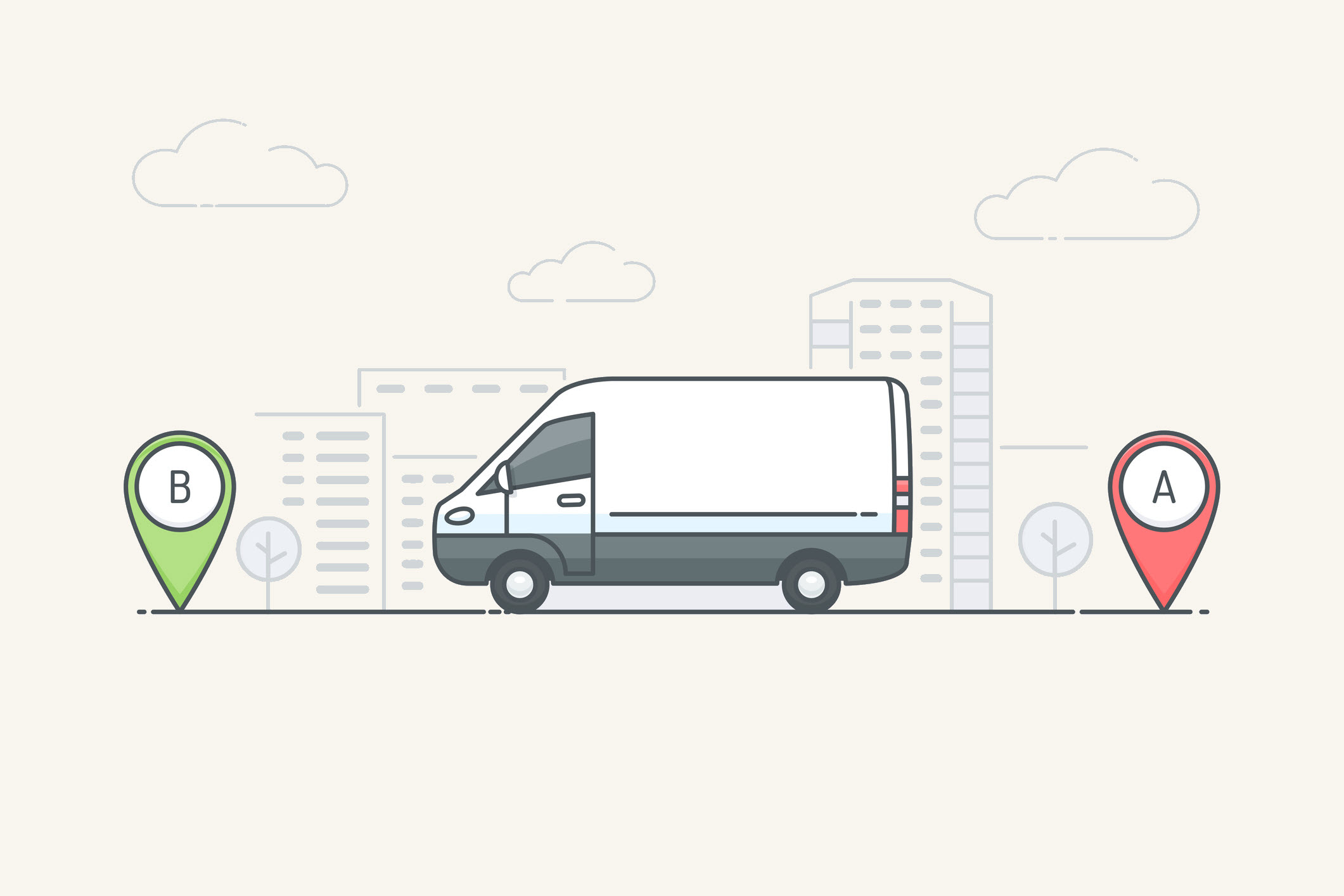3 Policy and Auto Liability Considerations for Your Fleet Safety Program
You’ve assessed motor vehicle records (MVRs) and established safe-use policies in an effort to mitigate risks, ensuring the safest drivers are behind the wheel. But have you provided guidelines for all types of vehicles within your fleet?
August 15, 2022

In building the most effective fleet safety program, a comprehensive risk assessment can provide critical insight into foreseeable risks associated with driving activities and help determine fleet exposure. While hiring only the most qualified drivers can be a great start, developing consistent policies for all drivers that drive on employer business, whether driving employer-issued, rental or employee-owned vehicles, can help further reduce exposures.
“Employers need to account for vicarious liability in building best practices around their fleet safety program,” said Alleen Wilson, Senior Risk Control Manager at Safety National. “Any accidents that occur while on the clock are for both the driver and employer, and the employer can be held liable for negligent behavior that may have attributed to the accident and third-party injuries. Establishing clear-cut policies for all fleet vehicles, regardless of ownership, can mitigate significant risks associated with unauthorized use.”
Considerations should be given for the number of drivers you have in these categories.
1. Driving Employer-Owned Vehicles – Business Use vs. Personal Use
Employers should maintain a written policy that defines the scope of business for the use of company-owned vehicles, while ensuring that hired drivers meet certain criteria. A vehicle usage policy, outlining safety rules, requirements, MVR reviews and disciplinary action for any misuse should be clearly established. Managing these exposures can reduce risks associated with both auto liability and workers’ compensation policies.
Allowing an employer-owned vehicle to be used for personal use can create an unintended exposure, but a personal use policy (PUP) can help reduce associated risks. The PUP should spell out certain limitations for personal use that include allowable drivers, mileage limits, acceptable passengers (if any) and consequences for unauthorized use.
2. Driving Rented Vehicles
All requirements that apply for driving on employer business should also apply to policies for driving rental vehicles, from a safety standpoint. At a minimum, drivers of rental vehicles should have a valid driver’s license in addition to an acceptable driving record and crash history. The rental use policy should also state that the driver complies with all applicable state laws and regulations, and only authorized drivers may drive the rental vehicle.
3. Driving Hired Non-Owned/Leased (Personal) Vehicles for Business
The use of a leased vehicle for business purposes could, in some states, expose your business to liability claims as the result of an incident or collision involving others while on employer business (i.e., a trip to the post office, business visit, driving to or from a jobsite or other errand). Otherwise known as the “non-owned” exposure. Anyone who drives on behalf of the business should be identified, including employees that use their own personal vehicles. It is best practice to have all drivers increase their limits of insurance beyond state minimums if using their vehicle for business purposes. Companies may request an “additional named insured” endorsement as well.

























